Introduction
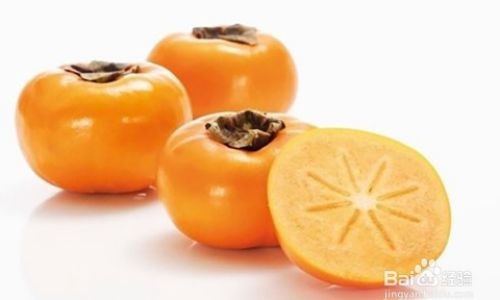
Persimmons, known scientifically as Diospyros kaki, are a delightful fruit native to East Asia, particularly cherished for their sweet, tangy flavor and vibrant orange hue. From their ancient cultivation in China and Japan to their modern-day popularity worldwide, persimmons have become a staple in many culinary traditions. One of the most beloved ways to enjoy persimmons is in their dried form, which not only amplifies their natural sweetness but also extends their shelf life. Dried persimmons, often called hoshigaki in Japan, are a treasure trove of nutrients, rich in vitamins A and C, fiber, and antioxidants. Preserving persimmons as dried fruits requires careful handling to retain their texture, flavor, and nutritional value. This article delves into three effective methods for preserving dried persimmons, ensuring that you can enjoy this sweet delight year-round.
Method 1: Sun-Drying Persimmons
Sun-drying is a traditional and straightforward method of preserving dried persimmons, relying solely on the power of natural sunlight. This technique not only preserves the fruit’s natural sweetness but also adds a subtle, sun-kissed aroma to the final product. Here’s a step-by-step guide to sun-drying persimmons:
Step 1: Selection and Preparation
Begin by selecting ripe, firm persimmons with no blemishes or soft spots. The fruit should be fully mature, with a deep orange color indicating high sugar content. Avoid using underripe or overripe persimmons, as they may not dry well or retain their flavor.
Gently wash the persimmons under running water to remove any dirt or pesticides. Pat them dry using a clean cloth or paper towels. To prevent browning, you can dip each persimmon in a solution of one part lemon juice to ten parts water before drying them completely.
Step 2: Peeling and Slicing
Peeling the persimmons is optional but recommended for a smoother texture and better drying. Use a sharp knife to peel away the skin, taking care not to cut into the flesh too deeply. Once peeled, slice the persimmons into uniform pieces, about 1/4 to 1/2 inch thick. Uniform slicing ensures even drying.
Step 3: Treating with Ascorbic Acid (Optional)
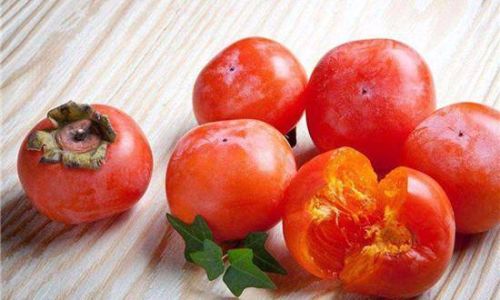
To prevent discoloration and enhance the preservation process, you can treat the sliced persimmons with a solution of ascorbic acid (Vitamin C powder). Dissolve a teaspoon of ascorbic acid in a cup of water and dip each slice briefly before laying them out to dry.
Step 4: Sun-Drying
Lay the sliced persimmons on clean, mesh drying trays or bamboo mats. Place these trays in a sunny, well-ventilated area where they can receive direct sunlight for several hours each day. Ideally, the temperature should be warm but not excessively hot, around 70-85°F (21-29°C).
Rotate the slices daily to ensure even drying. Depending on the climate and the thickness of the slices, the drying process can take anywhere from 3 to 7 days. The persimmons are ready when they are leathery, slightly tacky to the touch, and have shrunk to about half their original size.
Step 5: Storing
Once dried, transfer the persimmons to an airtight container or a zip-top plastic bag. Store them in a cool, dark place, away from direct sunlight and moisture. Properly stored, sun-dried persimmons can last for several months.
Method 2: Oven-Drying Persimmons
For those living in areas with limited sunlight or who prefer a faster drying method, oven-drying is an excellent alternative. This method allows for greater control over the drying process, ensuring consistent results.
Step 1: Selection and Preparation
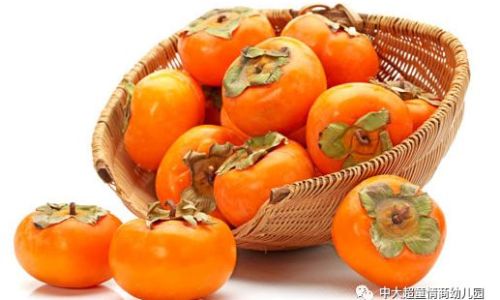
As with sun-drying, start by selecting ripe, firm persimmons and washing them thoroughly. Peel and slice the fruit into uniform pieces, about 1/4 to 1/2 inch thick.
Step 2: Pre-Treatment
Pre-treating the slices with lemon juice or ascorbic acid is still optional but recommended to prevent browning.
Step 3: Oven-Drying
Preheat your oven to its lowest setting, typically around 150-170°F (65-75°C). Arrange the persimmon slices on baking sheets lined with parchment paper or silicone mats to prevent sticking.
Place the sheets in the preheated oven and prop the door open slightly with a wooden spoon to allow moisture to escape. This is crucial for achieving the right texture.
Dry the slices for about 4-6 hours, flipping them halfway through to ensure even drying. The exact time will depend on your oven’s lowest temperature and the thickness of the slices. The persimmons are ready when they are dry to the touch but still slightly pliable.
Step 4: Conditioning and Storing
Remove the dried persimmons from the oven and let them cool completely. To ensure they don’t become too brittle, condition them by placing them in a single layer in an airtight container for a few days. This allows any remaining moisture to redistribute evenly.

After conditioning, store the dried persimmons in an airtight container or zip-top plastic bag in a cool, dark place. They should keep well for several months.
Method 3: Dehydrator-Drying Persimmons
Using a food dehydrator is the most efficient and controlled way to dry persimmons. This method offers precise temperature and humidity control, ensuring perfect results every time.
Step 1: Selection and Preparation
Again, start with ripe, firm persimmons. Wash, peel, and slice them into uniform pieces, about 1/4 to 1/2 inch thick.
Step 2: Pre-Treatment
Pre-treat the slices with lemon juice or ascorbic acid to prevent browning.
Step 3: Dehydrator Settings
Set your dehydrator to a temperature between 135-145°F (57-63°C). Arrange the persimmon slices on the dehydrator trays, making sure they are not overlapping.

Step 4: Drying Process
Dehydrate the slices for about 8-12 hours, depending on the thickness and your desired texture. Check the persimmons periodically, rotating the trays if necessary for even drying. They are ready when they are leathery and slightly tacky, with no moisture remaining on the surface.
Step 5: Conditioning and Storing
Condition the dried persimmons by placing them in an airtight container for a couple of days, as described in the oven-drying method. This step ensures they maintain a pleasant, slightly pliable texture.
Once conditioned, store the dried persimmons in an airtight container or zip-top plastic bag in a cool, dark place. Properly stored, they can last for several months to a year.
Conclusion
Preserving dried persimmons is a rewarding endeavor that allows you to enjoy the sweet, tangy flavor of this delightful fruit year-round. Whether you choose the traditional sun-drying method, the efficient oven-drying approach, or the precise dehydrator-drying technique, each method offers its own unique benefits and results. By carefully selecting, preparing, and drying your persimmons, you can create a nutritious, delicious treat that will be cherished by all. So, gather your ripe persimmons, choose your preferred drying method, and embark on a journey of preserving this natural sweetness for future enjoyment.
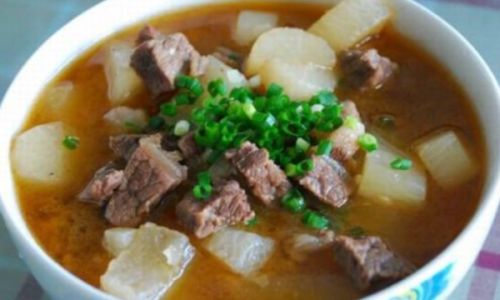
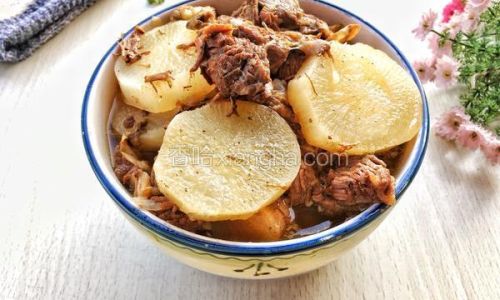
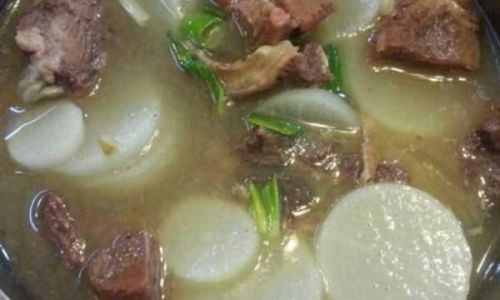
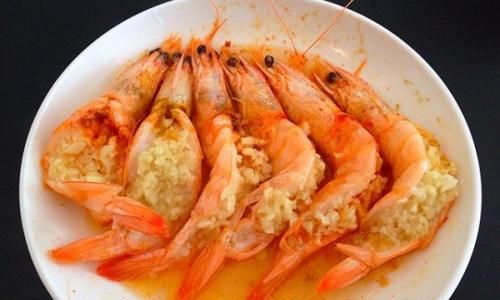

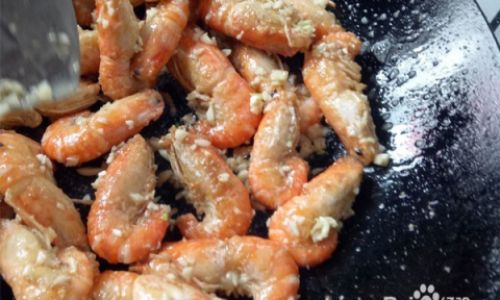
0 comments